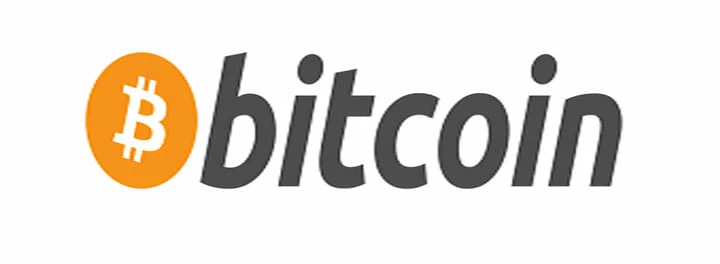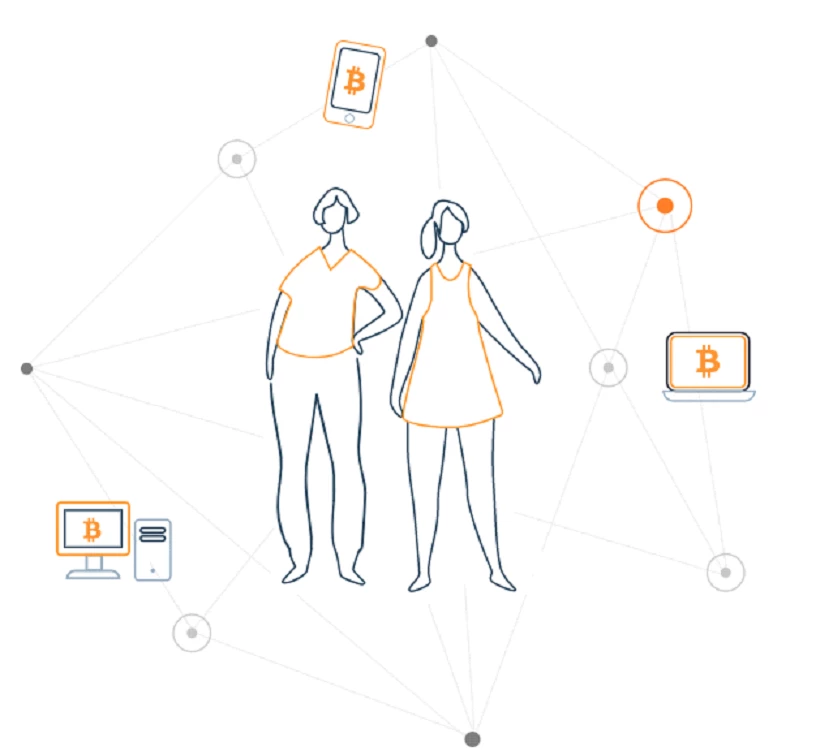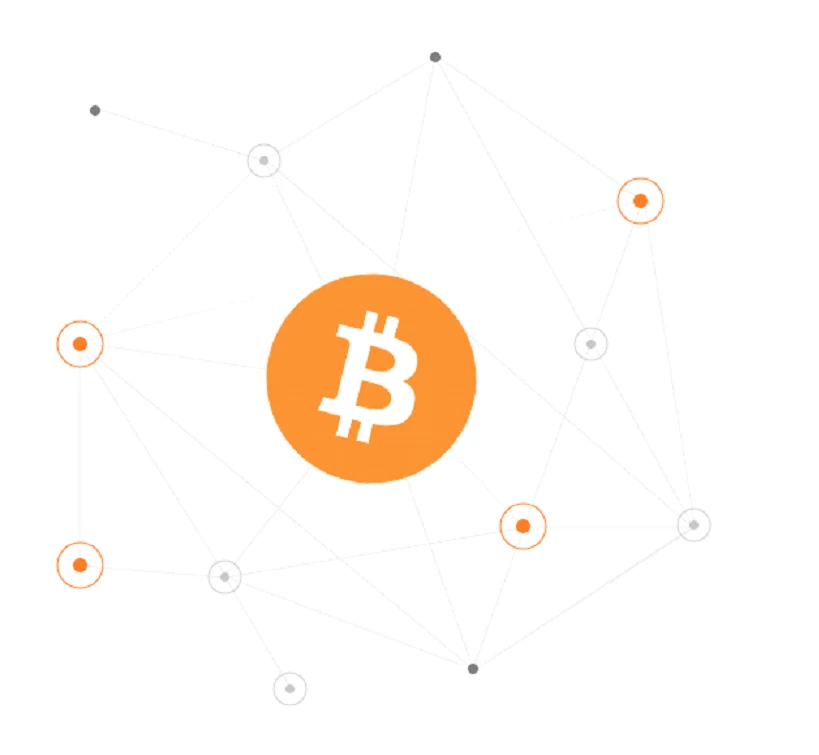Bitcoin (BTC)
Cryptocurrency: Bitcoin (BTC)

Official Website: https://bitcoin.org/en/
What is Bitcoin?
Bitcoin is a decentralised Digital Currency and the largest in terms of market capitalisation that can be sent to any location in the world provided it is connected to the network. It is built upon a blockchain which is a record of all previous and confirmed transactions on the network that utilises open-source Peer-to-Peer (P2P) technology to operate with no central authority. The network will cryptographically control the creation and transfer of funds. Bitcoin has no physical assets, just balances on a public distributed ledger which anyone can access.
Bitcoin Coin Statistics
Circulating Supply 17,551,762 BTC
Total Supply 21,000,000 BTC
All Time High $19,891.00
Blockchain Statistics
Consensus Algorithm Hashcash Proof-of-Work (PoW)
Average Block Time 10 Minutes
Transaction Cost $0.25 Avg.
Transaction Speed 3-7 tx/s
Mining: CPU, GPU, FPGA & ASIC
Staking: N/A
Block Explorer https://www.blockchain.com/explorer
ccSocial Media Statistics
Twitter Followers 928,000
Telegram Group Users 26,392
Reddit 1,000,000
Team
Satoshi Nakamoto released the Bitcoin whitepaper depicting a new method of P2P Electronic Cash System in October 2008. The idea was designed and made following the banking crisis and subsequent recession as a transfer of value and storage without going through any financial institutions. His Identity is still unknown and The Bitcoin Core project, a group of open-source developers have contributed to the codebase since. Many individuals contribute research, documentation, translation, peer review and testing to further develop the open-source network.
‘Maintainers’ are those responsible for merging patches by contributors that have been agreed by the team. They will also perform final checks before patches go live to ensure they are safe and secure. Anybody can propose code changes and to test, review and comment on open Pull Requests. A Pull Request notifies others of changes you’ve pushed to a GitHub repository. You can find a list of all the code contributors that have contributed to the project over on GitHub.

Roadmap
The roadmap of upcoming events on the Bitcoin Core developers site which many are to drive awareness and adoption. Back in 2015, the development team faced issues with how to securely scale the network. The team continue to advise new concepts and provide workshops to collect technical criteria and evaluate technical materials and data to address the issue of scalability and how to update the network further. The developers release all the updated versions through their site at bitcoincore.org
Mining
Independent individuals and entities donate processing power to participate in ‘Mining’, a distributed consensus system which rewards the winning participator with Bitcoin. The term ‘Mining’ is used for verifying pending transactions and adding them to the blockchain ledger. Mining is completed by processing and solving a cryptographic hash function validating and authorising the integrity of transactions. It enforces the chronological order of the blockchain, safeguards the neutrality of the network and allows different computers to agree on the state of the network. As mining is a validation across the whole network, it inhibits any individual or group manipulating what’s included in the blockchain.

Minting
Bitcoin’s supply is currently sitting at 17,551,762, expected to achieve 21m sometime in 2140. Anytime a replacement block is mined, a current reward of 12.5 BTC is won by the entity or individual who solved the equation. Because the network expands, more miners compete to resolve the equation. The difficulty is adjusted frequently so that each block takes a mean of 10 minutes to be processed and mined. This implies at this rate; 75 Bitcoin enter the circulating supply every hour. The 10-minute interval for blocks was chosen for a gentle and diminishing flow of latest coins. The diminishing flow is caused through halving of the Bitcoin reward every 4 years for mining a brand new block.
Legacy vs SegWit
Segregated Witness or ‘SegWit’ is an improvement to the previous Bitcoin blockchain. This improvement reduces the amount required to store transactions in a block by eliminating certain signatures and counting serialised witness data collectively as a unit and core block data as four. This expanded space allows more transactions to be stored and creates lower transaction costs and faster speeds as more may be included within the block. The upgrade also prevents transaction malleability which prevents malevolent individuals changing a Bitcoin transactions unique ID before it’s confirmed. This upgrade is a soft fork, so SegWit is backward compatible.

Where to store Bitcoin
There are wallets on various platforms and devices which can all interact with the Bitcoin network which can be found through the Bitcoin Core site:
https://bitcoin.org/en/choose-your-wallet
Additions to the network are welcomed by the developers for security and innovation. There’s a wallet for Windows, Mac, Linux, Browser, Android, IOS and Hardware wallets depending on the style and security you are looking for.
It is strongly recommended that you ensure using a secure wallet, create back-ups and store any sensitive recovery information.
Where to Buy Bitcoin
You can currently purchase Bitcoin over on Binance. Just head over to their site and register an account so you can start trading Bitcoin.
Uses of Bitcoin
Bitcoins utility has grown a long way since its inception back in 2008 as more have become aware of the technology. The coin was first introduced as a means of secure P2P payment able to transact value instantly across the world away from traditional financial institutions. Businesses have been able to accept Bitcoin as a form of payment for products or services. There are businesses that provide Bitcoin merchant tools to exchange into a fiat currency, helping incorporate it within businesses for commercial and personal purchases without any exposure to the price volatility.
Due to the cryptographic nature of Bitcoin and its security features, it can be used as a store of value. Unlike with a custodian, those who hold Bitcoin are not subject to any storage costs making it a very cheap store of value.
Conclusion
Bitcoin has been around since 2009, for the longest of all Cryptocurrencies. The first crypto continues to be strongly #1 in terms of capitalization. Bitcoin continues to hold onto the top position, but its dominance has wavered over the past two years. Bitcoin rarely dipped below an 80% dominance of the market before March 2017 but has since been contested by the increase of Altcoins, dropping to as little as 33.5%. Bitcoin has since risen to 51.88% at the time of writing but new coins with improved consensus mechanisms and algorithms are entering the space. Bitcoin is over a decade old and although the network allows for updates and changes in code, is project able to carry on with the speed of innovation.
Bitcoin Resources
Bitcoin Website: https://bitcoincore.org/
Bitcoin Block Explorer: https://www.blockchain.com/explorer
Bitcoin GitHub: https://github.com/bitcoin/
Bitcoin Whitepaper: https://bitcoin.org/bitcoin.pdf
Social Media
Twitter: https://twitter.com/bitcoincoreorg
Facebook: https://www.facebook.com/bitcoins
Telegram: https://t.me/bitcoin
Reddit: https://www.reddit.com/r/Bitcoin/
Bitcoin Talk Forum: https://bitcointalk.org/
Bitcoin Stack Exchange: https://bitcoin.stackexchange.com/
